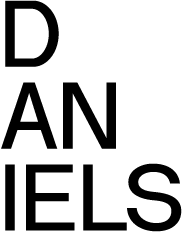What's clear to me is how little you understand of the field you pretend to be a part of.
What's clear to me is why you are exiled to a third-world country, and would never cut it in a competitive environment like on this side of the world.
What's clear to me is why you are exiled to a third-world country, and would never cut it in a competitive environment like on this side of the world.





Comment